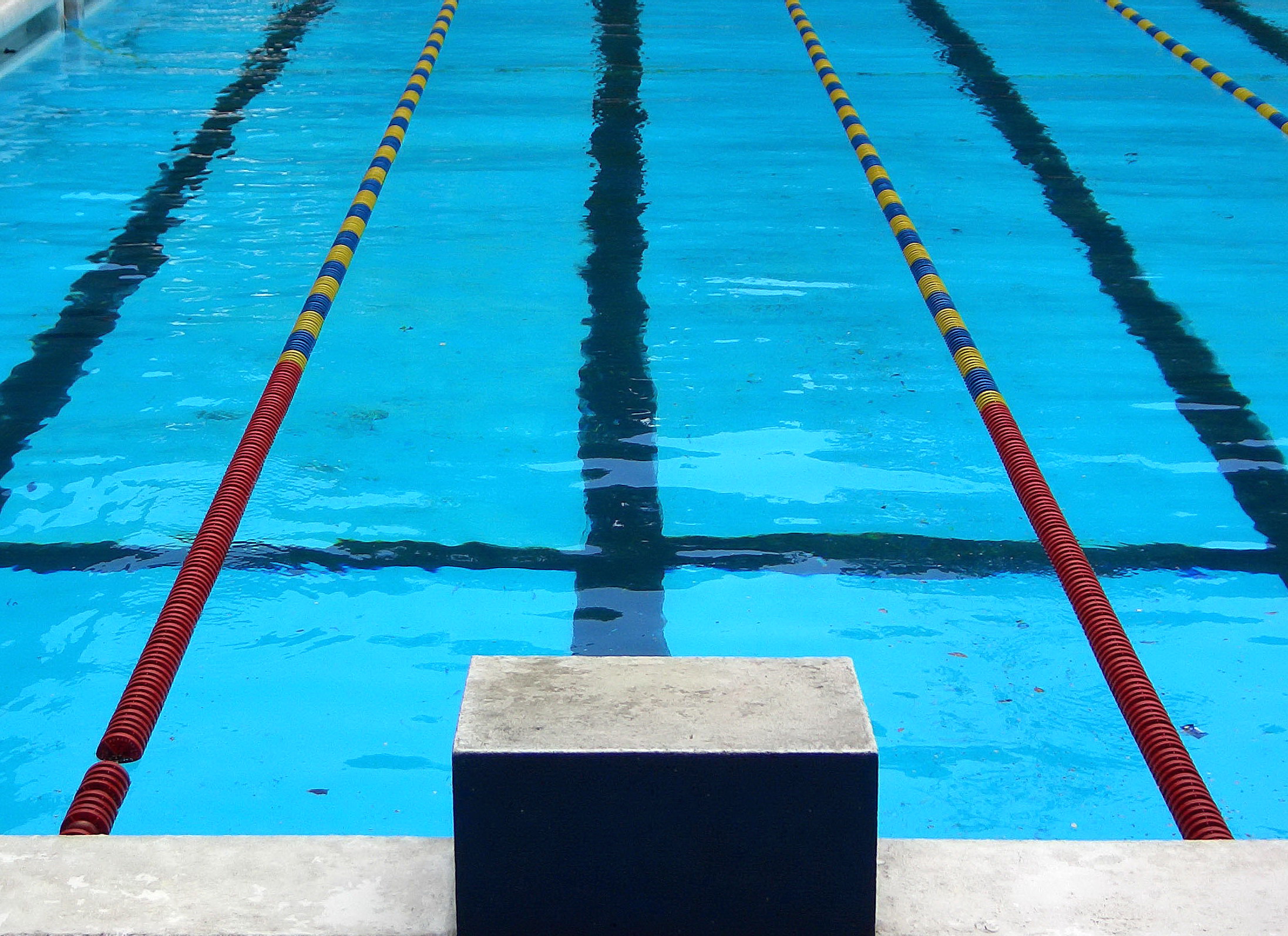
Image by Rufino Uribe
If you’ve been to a swimming pool you’ll recognise the smell of chlorine used as a disinfectant. Chlorine kills bad bacteria and germs in swimming pools and in drinking water. It has also been used in medicine since around 1850, to kill bugs and stop the spread of diseases. It was famously added to drinking water supplies in London in 1850 by John Snow to control an outbreak of cholera.
Chlorine makes up one half of sodium chloride, more commonly known as salt. Salt is pretty important, as without it life couldn’t survive on Earth! It’s found everywhere, from the oceans to in our bodies.
Image by Mark Schellhase
Chloride ions are the building blocks of hydrochloric acid in our stomachs. Hydrochloric acid destroys germs and breaks down proteins in food, so our bodies can absorb all the good nutrients and energy. Too little or too much chlorine can cause serious problems such as comas, so our kidneys carefully control the amount of chlorine in our bodies.
Image by Greg Robson
Chlorine was named in 1810 after the colour of its gas, from the Greek word ‘chloros’ which means green-yellow. Chlorine gas reacts with water in the lungs to create hydrochloric acid, which can kill. Because of this, it was used by Germany as a poisonous weapon in World War I during the second battle of Ypres. Soldiers soon discovered that wearing gas masks protected them from chlorine gas, so more deadly chemical weapons such as mustard gas were used instead.
